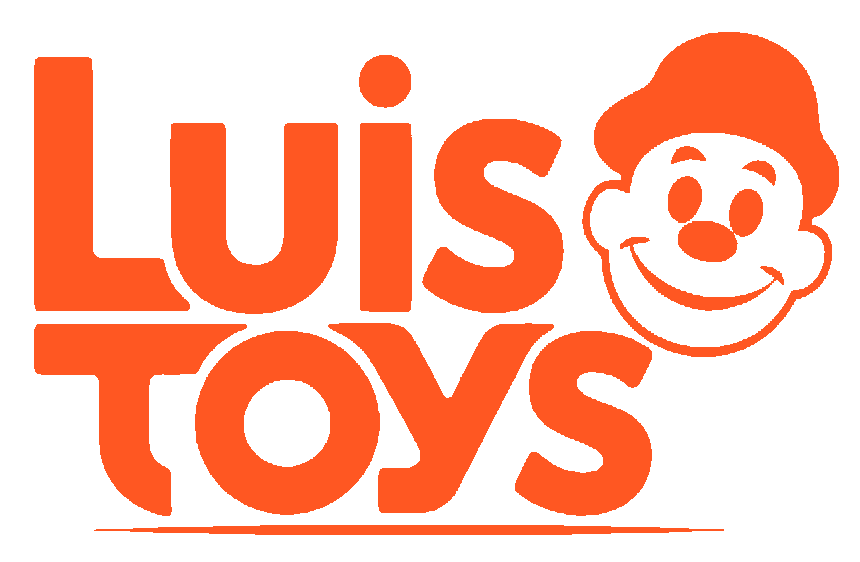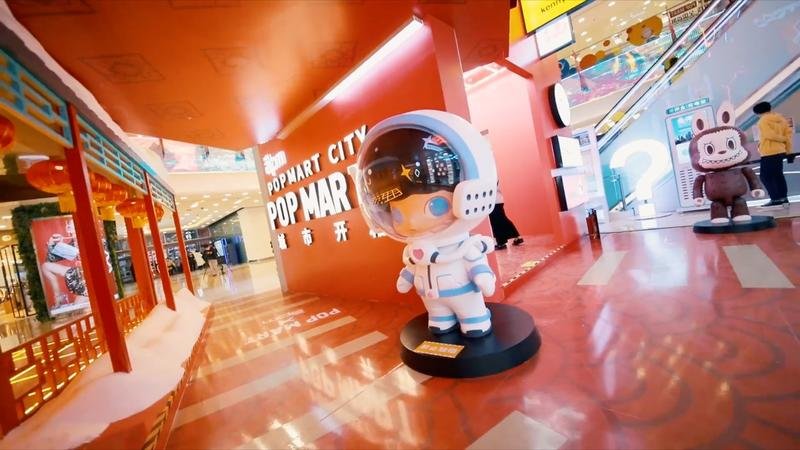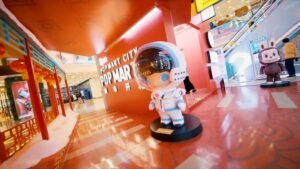The History And Evolution Of Labubu Character Design
The Labubu character, a distinctive figure within the realm of contemporary collectible art toys, traces its origins to the creative vision of Hong Kong-based artist Kasing Lung. Introduced in 2015 as part of Pop Mart’s *The Monster* series, Labubu emerged during a surge of global interest in designer toys, blending elements of street art, pop culture, and whimsical storytelling. Its name, derived from the Cantonese phrase “laai6 bou2 bou6” (嘥哔哔), loosely translates to “chatterbox” or “mischievous talker,” a nod to the character’s playful yet enigmatic persona. This linguistic playfulness is mirrored in Labubu’s design, which draws inspiration from a fusion of mythical creatures, folklore, and surreal aesthetics, creating a visual identity that balances charm and intrigue.
Initially, Labubu’s design was marked by simplicity, characterized by smooth, rounded contours and a minimalist color palette. The early iterations featured a small, impish creature with oversized, almond-shaped eyes, jagged teeth, and a single horn protruding from its forehead—a deliberate contrast between innocence and subtle menace. These elements were designed to evoke curiosity, inviting viewers to project their own interpretations onto the character. Over time, however, Labubu’s aesthetic evolved to incorporate greater complexity. Kasing Lung began experimenting with dynamic poses, intricate textures, and vibrant gradients, transforming the character into a canvas for both artistic innovation and narrative depth. This shift mirrored broader trends in the designer toy industry, where collectors increasingly sought pieces that combined artistic merit with emotional resonance.
A pivotal moment in Labubu’s evolution came through collaborations with global brands and artists, which expanded its reach beyond niche collector circles. Partnerships with franchises like *Harry Potter* and *Sanrio* introduced Labubu to diverse audiences, while limited-edition releases featuring rare materials—such as translucent resins, metallic finishes, and glow-in-the-dark elements—elevated its status as a coveted art object. These collaborations also allowed for thematic variations; for instance, seasonal editions incorporated floral motifs or winter-themed accessories, showcasing the character’s adaptability to different contexts without losing its core identity.
The character’s design philosophy also reflects a deliberate interplay between tradition and modernity. Labubu’s horn and fangs echo motifs from East Asian mythology, yet its stylized, cartoonish proportions align with contemporary kawaii aesthetics. This duality resonates with a generation of consumers who appreciate cultural hybridity, positioning Labubu as a bridge between heritage and avant-garde creativity. Moreover, Kasing Lung’s background in illustration and graffiti infuses the character with a raw, urban energy, further distinguishing it from more polished, commercialized mascots.
In recent years, Labubu’s evolution has been shaped by technological advancements and shifting consumer expectations. Digital sculpting tools enable more precise detailing, while social media platforms amplify its visibility, turning the character into a viral sensation. Pop Mart’s strategic use of blind-box packaging—a marketing tactic that leverages surprise and collectibility—has also played a crucial role in sustaining Labubu’s popularity, fostering a sense of community among enthusiasts who trade and showcase their collections.
Today, Labubu stands as a testament to the dynamic interplay between artistic vision and commercial innovation. Its journey from a whimsical sketch to a globally recognized icon underscores the growing cultural significance of designer toys as both art and commodity. By continually reinventing its design while staying rooted in its mischievous essence, Labubu embodies the timeless appeal of storytelling through form—a creature as mutable as the imaginations it inspires.
Creative Diy Projects Using Labubu Collectible Figures
Labubu, the mischievous and endearing character designed by artist Kasing Lung, has captured the hearts of collectors worldwide with its whimsical charm and distinctive aesthetic. Originating from the Tokidoki universe, these collectible figures—often characterized by their pointy teeth, oversized eyes, and playful poses—are not only treasured as display pieces but also serve as versatile inspirations for creative do-it-yourself projects. By integrating Labubu figures into artful crafts, enthusiasts can breathe new life into their collections while exploring imaginative ways to personalize decor, fashion, and storytelling mediums.
One approach to repurposing Labubu figures is through the creation of miniature dioramas. These tiny, immersive scenes allow collectors to place their figures in dynamic contexts, transforming static displays into narrative-driven art. Using materials such as polymer clay, acrylic paint, and miniature foliage, one can construct whimsical landscapes—enchanted forests, bustling cityscapes, or surreal dreamscapes—tailored to Labubu’s playful persona. For instance, a hollowed-out book or shadowbox frame can serve as the base, with layered backgrounds and handcrafted props adding depth. Attention to scale and texture ensures the diorama complements Labubu’s intricate design, while LED string lights or small mirrors can introduce elements of light and reflection, enhancing the scene’s magic.
Moving beyond static displays, another engaging project involves incorporating Labubu into wearable art. Custom jewelry, such as resin pendants or keychains, offers a portable way to showcase these figures. By encasing a small Labubu figurine in clear epoxy resin, creators can preserve its vivid colors and details while crafting a unique accessory. For a more intricate design, pairing the figure with metallic charms or embedding it within a geodesic resin globe adds sophistication. Alternatively, attaching a Labubu to a pin backing or bracelet base using strong adhesive creates a playful conversation piece. Such projects not only highlight the figure’s artistic appeal but also allow wearers to express their individuality.
For those interested in home decor, Labubu figures can be transformed into eye-catching accents. A themed terrarium, for example, pairs the character with succulents, moss, and miniature fairy garden elements, blending natural beauty with quirky charm. Another idea is crafting a custom lampshade: by affixing multiple Labubu figures around the shade’s rim and backlighting it with warm LEDs, the shadows cast on walls create an enchanting visual effect. Alternatively, integrating Labubu into wall art—such as a mixed-media collage or a floating shelf vignette—introduces a touch of whimsy to any room. These projects emphasize functionality while celebrating the figure’s role as a focal point.
An additional idea lies in interactive displays, such as kinetic sculptures or rotating platforms powered by small motors. These dynamic setups can animate Labubu figurines, inviting viewers to engage with the art through movement. Seasonal dioramas, updated periodically, offer another opportunity for creativity, with themes ranging from holiday festivities to abstract geometric landscapes. Such projects not only showcase technical skill but also encourage ongoing experimentation.
Lastly, upcycling existing items—such as transforming vintage clock faces or old picture frames into Labubu-centric art—bridges nostalgia with contemporary design. A salvaged wooden box, for instance, can become a shadowbox theater, with layered paper cutouts and the figure positioned as the “star” of a miniature performance. By marrying Labubu’s mischievous spirit with personal creativity, these projects transcend traditional collecting, offering a meaningful way to celebrate art, storytelling, and individuality. Through experimentation and resourcefulness, the possibilities for reimagining Labubu figures remain as limitless as one’s imagination.
Exploring The Cultural Impact Of Labubu In Art Toy Communities
Labubu, a whimsical yet enigmatic character born from the imagination of Hong Kong-based artist Kasing Lung, has emerged as a defining icon within the global art toy movement. Since its debut, Labubu has transcended its origins as a collectible figurine to become a cultural phenomenon, reshaping perceptions of art toys as both creative expressions and communal touchstones. The designer toy scene, which gained momentum in the late 20th century as a fusion of street art, pop culture, and limited-edition craftsmanship, found in Labubu a mascot that encapsulates the genre’s playful irreverence and artistic ambition. With its mischievous grin, pointed ears, and jagged teeth, Labubu’s design strikes a delicate balance between charm and subversion, a duality that resonates deeply within communities drawn to art that challenges conventional aesthetics.
Central to Labubu’s appeal is its narrative depth. Kasing Lung, known for intertwining folklore with contemporary urban sensibilities, imbued the character with a rich backstory. Labubu is portrayed as a curious forest spirit, oscillating between innocence and mischief—a metaphor for the unpredictable interplay between creativity and chaos. This lore transforms the figure from a static object into a vessel for storytelling, inviting collectors to engage not just with its physical form but with an evolving mythos. Such narrative layers have fostered emotional connections, positioning Labubu as a symbol of imagination’s boundless potential.
The character’s cultural impact is amplified by its pervasive presence in both digital and physical spaces. Social media platforms like Instagram and Weibo serve as hubs for fans to showcase their collections, share custom modifications, and participate in collaborative projects. Limited-edition releases, often distributed through partnerships with brands like Pop Mart, spark frenzied demand, while international conventions such as DesignerCon and Comic-Con provide stages for Labubu to shine as a centerpiece of art toy culture. These gatherings reinforce communal bonds, uniting enthusiasts across demographics under a shared passion. Collaborations with global artists and brands further cement Labubu’s status, blending Eastern and Western influences to create cross-cultural dialogues.
Economically, Labubu’s influence is undeniable. Rare variants command staggering prices on secondary markets, reflecting a collectible ecosystem where artistry and scarcity drive value. This commercial success has bolstered the visibility of art toys as legitimate cultural artifacts, bridging niche hobbyism and mainstream recognition. Yet, beyond market dynamics, Labubu’s legacy lies in its democratization of art. By merging accessibility with artistic integrity, it inspires emerging creators to explore storytelling through tactile mediums, proving that toys can be both playful and profound.
In conclusion, Labubu’s journey from a designer’s sketch to a global icon underscores the transformative power of art toys in contemporary culture. It challenges traditional boundaries between high art and pop culture, fostering communities grounded in creativity and connection. As Labubu continues to evolve, its enduring appeal serves as a testament to the universal language of imagination—one that transcends borders and generations, inviting all to embrace the magic lurking at the intersection of art and play.





